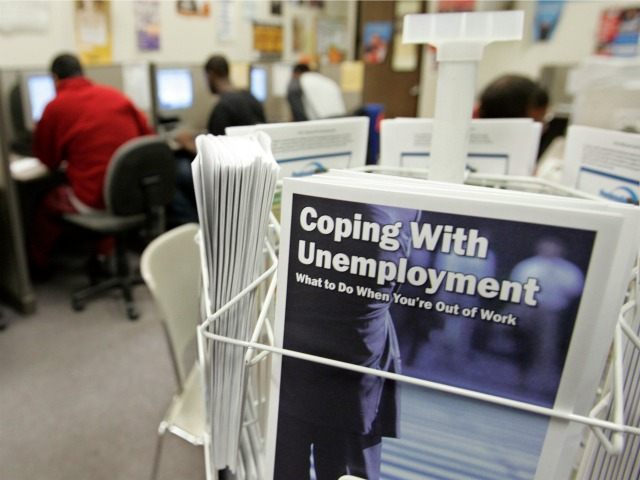The economy grew just 1.5 percent in the third quarter, the Commerce Department reports. This initial estimate is a huge drop from the second quarter, when the economy grew by 3.9 percent. It was also below economists’ estimates, for growth of at least 1.6 percent.
It was a very weak economic report. It is hardly surprising, however. Since the end of the recession in 2009, the economy has struggled to reach 2.5 percent yearly growth, the bare minimum associated with economic recovery. The economy’s performance has been far below the historic average of around 4 percent annual growth coming out of a recession.
The continuation of weak economic performance is especially troubling as the economy enters its 7th year of recovery. The economy is entering its normal cycle for at least a modest recession, but the recovery has produced very little real growth to offset a future contraction. Most of the growth that has been generated has come from the trillions of dollars in monetary and fiscal stimulus the federal government has pumped into the economy.
The Federal Reserve’s reluctance to raise rates, in fact, is a recognition of how weak the underlying economy is. If the economy can barely produce any growth in an environment of zero-percent interest rates, there is palpable fear of what will happen when that monetary crutch is removed.
The one bright spot in Thursday’s report was an increase in real disposable personal income. That figure grew by 3.4 percent in the quarter, up from just 1.2 percent in the 2nd Quarter. That increase propelled a slight increase in the national savings rate and an increase in personal consumption. Consumer spending increased 3.2 percent in the quarter, accounting for a large amount of GDP growth. Even that increased spending, though, was less than economists’ expected.
That single positive data, too, was overshadowed by a lot of other negative news in the report. Perhaps the most worrying is the dramatic drop in investment spending. Total domestic private investment contracted by 5.6 percent for the quarter, the first negative print since early 2014. That, combined with a big slowdown in private sector inventories, suggests that business anticipates a bumpy economic outlook ahead.
The economy is poised at a dramatic inflection point. With unprecedented monetary and fiscal stimulus, it has managed to stay above water, posting growth at or around the rate of inflation. That may not be enough to absorb any of a number of economic shocks on the horizon. China is certainly weakening, although the scale of its downturn is unknown. The European Central Bank is pursuing negative interest rates, i.e. where people are charged to save money, to keep any growth alive.
The Federal Reserve, eventually, will have to raise interest rates. When it does, Thursday’s report suggests the economy may quickly revert back to the recession days of 2007 and 2008. The entire economic legacy of the Obama Administration will disappear with a bang.

COMMENTS
Please let us know if you're having issues with commenting.